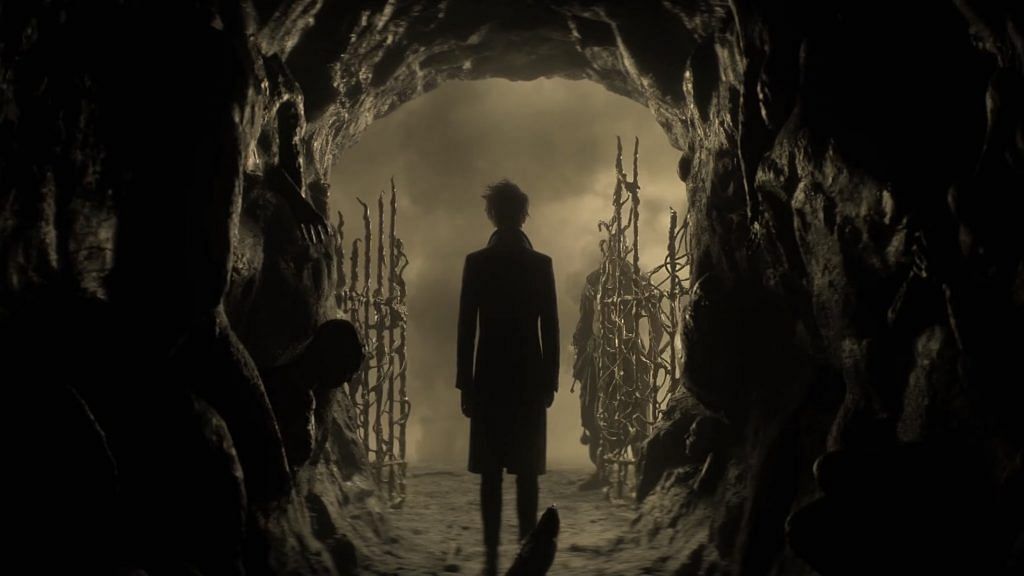In simplistic terms, Netflix’s newest adaptation of fantasy novelist and comic book writer Neil Gaiman’s work, The Sandman, can be described as Doctor Who for adults. It features similarly serialised plot-driven content, thinly written characters, an ever-changing setting across time and space, a seemingly ageless and powerful protagonist with an unclear moral compass and a host of acting staples drawn from the British film and television industry. Where Gaiman’s The Sandman diverges from the children’s sci-fi fantasy soap opera is in the improved budget and darker themes with a heavy dose of swearing and violence.
Developed by Gaiman and fellow comic book writers and novelists David S. Goyer and Allan Heinberg, The Sandman centres on Morpheus, the king of the dreamworld, portrayed by Tom Sturridge. The premise is established by Morpheus’ capture and imprisonment over the course of a century at the hands of occultist Roderick Burgess, played by Charles Dance of Game of Thrones fame.
While we begin proceedings in 1916 following the First World War’s Gallipoli campaign, Gaiman and company aren’t afraid to take you through multiple time jumps per episode without making it seem jarring or confusing.
Rather, they seem more than familiar with the world Gaiman had first created thirty years ago, and this is where The Sandman’s teleplay succeeds. Instead of weighing you down with excessive exposition, the series just gets on with it and expects you to keep track, save for some assistance with Morpheus’ voiceover as a narrative device.
However, the series is not without its teething problems and does not hit the ground running on all fronts. Sturridge and co-star Boyd Holbrook — who plays the primary antagonist — appear miscast and unconvincing at first before eventually disappearing into their roles.
Instead, it is the massive ensemble of recognisable British faces who pick up the slack. While Dance dominates the scenes fabulously early on, comedians Sanjeev Bhaskar and Asim Chaudhry stand out as the dreamworld kingdom’s versions of Cain and Abel, as does Jenna Coleman in her double role.
Also read: Moon Knight, the Disney+ miniseries is a refreshing departure from usual Marvel template
What hurts The Sandman
As with the majority of Gaiman’s work that has found its way to television screens, such as American Gods, Lucifer and Good Omens, The Sandman’s greatest qualities lie in the rich world-building palette which more than makes up for the hokey dialogue and several uninteresting supporting characters.
But the immense level of detail and care evident in the series’ visual presentation and plotting is hurt by Netflix’s release strategy and today’s culture of binge watching. Given this amount of work put in and the number of moving parts that keep this series moving, it is challenging to get through more than two episodes at a time before taking a step back.
From a viewing experience, The Sandman is clearly not meant to be consumed all at once, despite what Netflix may say about its strategy being better for subscriber revenue. Perhaps it would have benefitted far more from the older system of weekly episode releases to build hype and word-of-mouth and leave some breathing space, in a way many other streaming shows continue to operate today.
Minor quibbles aside, however, fans of Gaiman’s original comic will likely see Netflix’s The Sandman as the best possible adaptation they could have hoped for, helmed by the man himself. The next step will be to sustain this standard in future seasons and succeed where the likes of American Gods crashed and burned.
